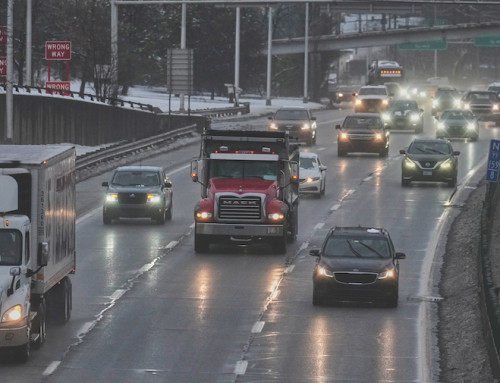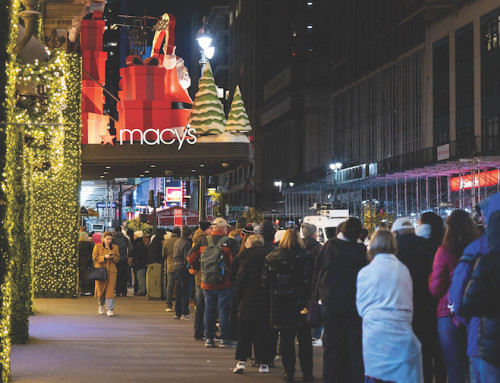The Salvation Army of Central Ohio’s red kettle campaign is struggling as changing consumer habits have hurt many retailers.
The nonprofit organization’s donations are down 22 percent from last year.
Income levels were flat in 2015 and 2016 at nearly $600,000 for only contributions made at red kettles located throughout the region.
This year the Salvation Army has kettles at 80 locations in central Ohio. While historical information on the number of locations was unavailable, officials said some stores can have a significant financial impact on their campaign operations.
“We have three locations that were available to us last year that were not this year,” said Major Debra Ashcraft, the Salvation Army’s central Ohio coordinator.
The Andersons use to operate two of those locations as retail stores until it closed them down in the second quarter this year.
Not only did it affect about 400 employees but it was a profitable location for the local Salvation Army’s kettle campaign.
The organization received $43,177 from the two locations combined last year, Ashcraft said.
The stores had one entrance with high-foot traffic and was a favorite among volunteers. The Salvation Army was able to have a band perform at the store.
Many brick-and-mortar retailers are struggling because consumers are spending less money on clothing. E-commerce companies such as Amazon are also slicing into profits.
But physical stores are still important to some consumers.
Twenty-eight percent of consumers enjoy getting out to shop, according to BDS Marketing’s survey of more than 1,000 retail shoppers.
Aside from brick-and-mortar stores closing, Ashcraft said other factors may have affected kettle donations.
She calls it a “missed opportunity” when kettles do not have a volunteer attendant.
The organization needs them most during daytime hours although some companies allow employees to participate during their shift, she said.
Another issue is that some people no longer carry cash and that has become a common response when they pass by a kettle, Ashcraft said.
“The Salvation Army, nationally, a few years ago, recognized that there is a shift in our world today with fewer people shopping out at stores,” she said. “And that foot traffic is a key component to a successful fundraising season for the kettle effort and that people are wanting to do things online. Shop and give.”
The organization launched an online and mobile platform for people to make donations. People can also set up their own crowdfunding teams to share on social media sites. The service also provides a receipt to donors.
“Some people say you should refer to it as a mobile kettle or you should refer to it as an online kettle,” Ashcraft said. “I don’t know if we should refer to it as a virtual kettle. Will that cover everything?”
The Salvation Army also offers a text-to-give option. Donors can text “CENTRALOH” to 71777 to make a contribution. And this year the Salvation Army plans to make a $40,000 match.
But electronic contributions were nowhere near the levels of traditional donations.
The local Salvation Army received more than $80,000 in electronic donations in 2015 and 2016. Ashcraft said the average online gift was more than $100 last year.
“I think there’s hope that we’ll always be out in front of stores with our kettle and it still remains a much stronger means of fundraising to support the Salvation Army than the text-to-give or the virtual kettle,” she said.
Ashcraft said the red kettle has been icon since they rang bell outside in 1891.
The donations have helped the Salvation Army year-round.
Last year it helped nearly 134,000 people in central Ohio with more than 500,000 meals, 170,000 nights of lodging and including 800 victims of human trafficking.
“There’s so much about the kettle I love when the bell is ringing it’s the sound that hope is on the way for hungry families and homeless people and for children who have no place to go after school,” Ashcraft said. “The kettle in front of stores is oftentimes the first experience a child has with philanthropy and giving.”
She added it’s a way for families to get involved.
“It’s an easy way to help others.”










